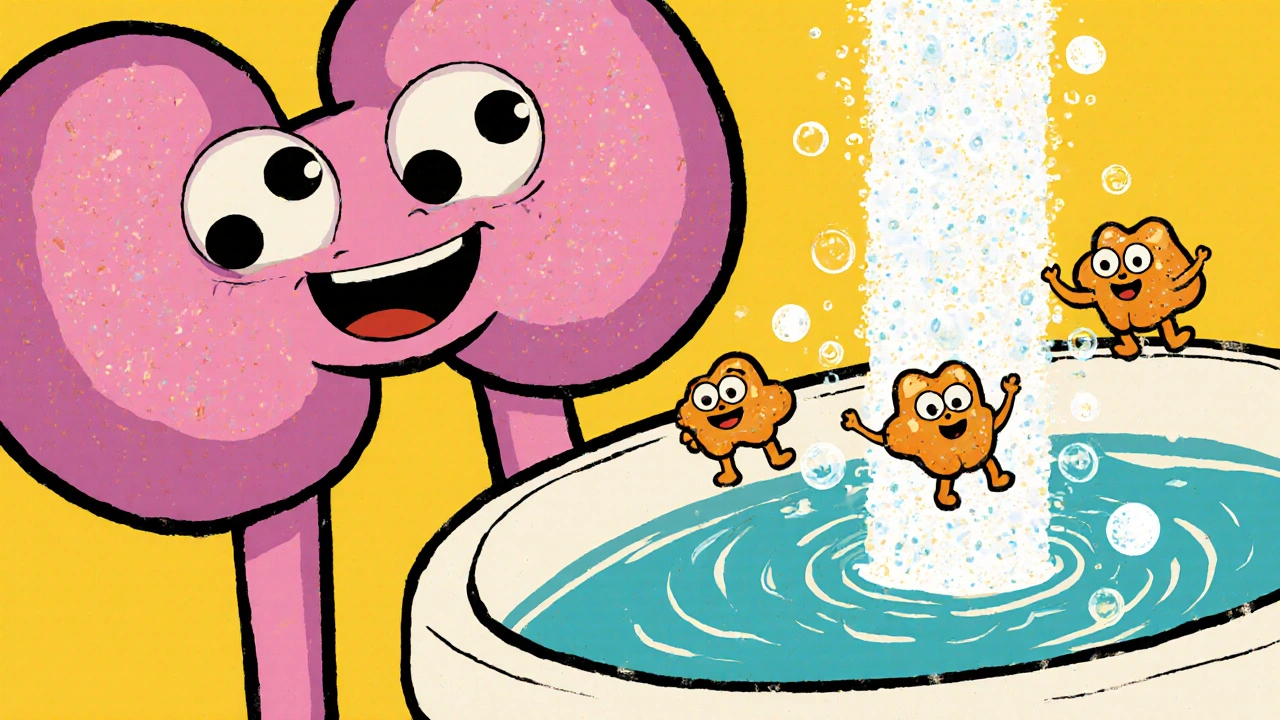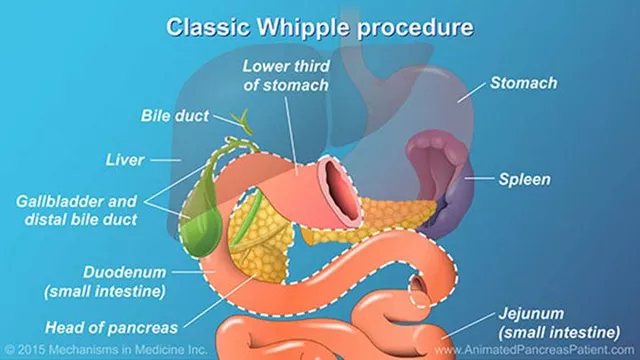Yeast Infections: Causes, Treatments, and What Really Works
When you hear yeast infections, a type of fungal infection caused mainly by Candida species, often affecting moist areas like the mouth, genitals, or skin folds. Also known as candidiasis, it’s one of the most common infections people experience—yet many don’t know why it happens or how to stop it from coming back. It’s not dirty hygiene. It’s not always sexual. It’s often your body’s own balance getting thrown off.
Candida, a type of yeast that lives naturally in your gut, mouth, and vaginal tract is usually harmless. But when antibiotics wipe out good bacteria, or when you’re on birth control, pregnant, diabetic, or just stressed, Candida can overgrow. That’s when itching, burning, or thick white discharge shows up. Men get it too—often as redness or irritation on the penis. Skin folds under breasts or in the groin can get red, scaly, and sore. Oral thrush, another form, shows as white patches in the mouth. These aren’t rare. They’re common. And they’re treatable.
Antifungal treatment, medications designed to kill or slow the growth of fungi like Candida works fast for most people. Over-the-counter creams, suppositories, or pills like fluconazole clear up symptoms in days. But if it keeps coming back, you need to look deeper. Is your sugar intake high? Are you wearing tight synthetic underwear? Did you just finish a round of antibiotics? Treating the infection is easy. Stopping it from returning takes a few simple changes.
What you’ll find below isn’t just another list of remedies. These are real, practical posts from people who’ve dealt with this—whether it’s managing recurring vaginal yeast infections, understanding how diabetes affects fungal growth, or learning why some treatments fail. You’ll see what actually works, what doesn’t, and how to avoid the traps that make it come back. No fluff. No myths. Just clear, direct advice from real experiences.




